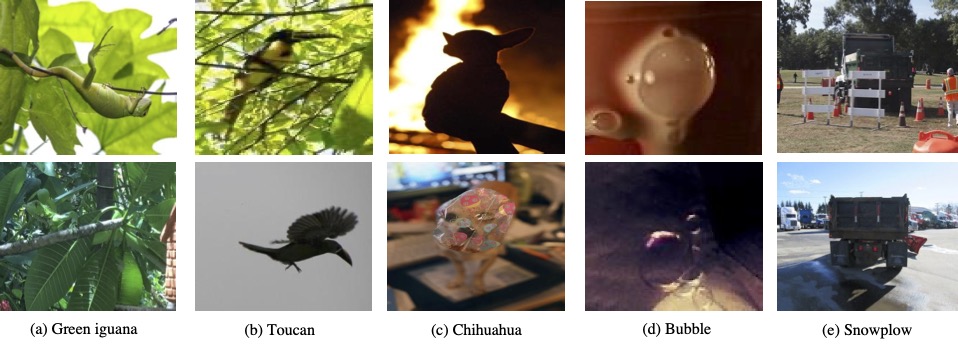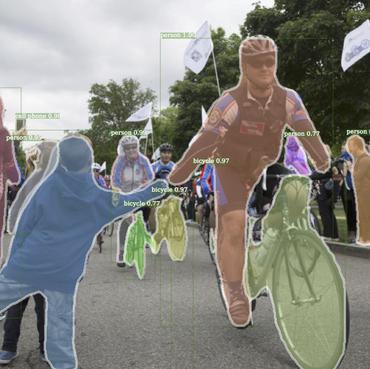Rethinking Natural Adversarial Examples for Classification Models
Recently, it was found that many real-world examples without intentional modifications can fool machine learning models, and such examples are called "natural adversarial examples". ImageNet-A is a famous dataset of natural adversarial examples. By analyzing this dataset, we hypothesized that large, cluttered and/or unusual background is an important reason why the images in this dataset are difficult to be classified. We validated the hypothesis by reducing the background influence in ImageNet-A examples with object detection techniques. Experiments showed that the object detection models with various classification models as backbones obtained much higher accuracy than their corresponding classification models. A detection model based on the classification model EfficientNet-B7 achieved a top-1 accuracy of 53.95%, surpassing previous state-of-the-art classification models trained on ImageNet, suggesting that accurate localization information can significantly boost the performance of classification models on ImageNet-A. We then manually cropped the objects in images from ImageNet-A and created a new dataset, named ImageNet-A-Plus. A human test on the new dataset showed that the deep learning-based classifiers still performed quite poorly compared with humans. Therefore, the new dataset can be used to study the robustness of classification models to the internal variance of objects without considering the background disturbance.
PDF Abstract





 MS COCO
MS COCO
 ImageNet-A
ImageNet-A